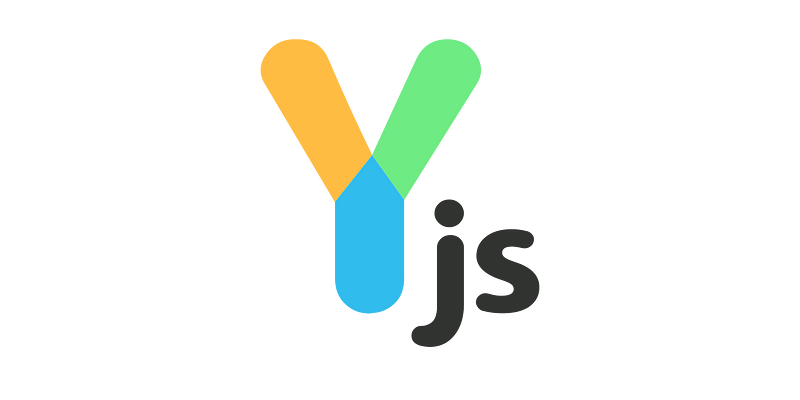Unlocking Real-Time Collaboration with Yjs: A Game-Changer
Written on
Introduction to Collaborative Editing
Have you ever wondered how applications like Google Docs or Figma enable multiple users to simultaneously edit a document? The complexity of building such scalable collaboration tools can be daunting. Today, we are excited to introduce Yjs, a groundbreaking solution in collaborative editing.

Yjs redefines shared editing solutions by eliminating the reliance on a single, central server for conflict resolution. Instead, it embraces a decentralized approach, allowing developers to design their backend using principles from distributed system architecture. This innovative design enables the creation of applications that can scale without limits.
What Exactly Is Yjs?
In essence, Yjs serves as a collection of modular components for building collaborative applications, similar to Google Docs and Figma. It transforms the traditional view of online collaboration by removing the restrictions imposed by a central server.
Being framework-agnostic, Yjs integrates seamlessly with a developer's preferred technology stack and supports various popular programming languages. It nurtures an environment conducive to developing highly scalable and efficient shared editing experiences.
Let’s examine a code snippet from the official documentation that illustrates Yjs's basic functionality, particularly how shared types are synchronized across multiple Yjs documents, facilitating smooth document collaboration for developers.
import * as Y from 'yjs'
// Yjs documents are collections of
// shared objects that sync automatically.
const ydoc = new Y.Doc()
// Define a shared Y.Map instance
const ymap = ydoc.getMap()
ymap.set('keyA', 'valueA')
// Create another Yjs document (simulating a remote user)
// and create some conflicting changes
const ydocRemote = new Y.Doc()
const ymapRemote = ydocRemote.getMap()
ymapRemote.set('keyB', 'valueB')
// Merge changes from remote
const update = Y.encodeStateAsUpdate(ydocRemote)
Y.applyUpdate(ydoc, update)
// Observe that the changes have merged
console.log(ymap.toJSON()) // => { keyA: 'valueA', keyB: 'valueB' }
Architecture and Scalability
Yjs’s architecture leverages concepts from distributed system design, avoiding the limitations associated with a central server, which is common in traditional shared editing systems. This architecture allows for virtually limitless scalability, enhancing the performance and reliability of shared editing experiences.
In the expansive domain of real-time collaboration, Yjs stands out as a guiding light, steering developers toward a future where scalable, efficient, and resilient shared editing systems are not just possible but standard.
The first video provides a hands-on introduction to collaborative applications using Yjs, WebRTC, and CRDT.
The second video discusses how Yjs facilitates shared editing in every application, emphasizing its potential for enhancing collaborative experiences.
Conclusion
In summary, Yjs stands as a crucial framework in the evolution of collaborative editing platforms, offering exceptional scalability and flexibility in integration. The potential within Yjs is immense, waiting to be explored. Developers interested in harnessing the capabilities of Yjs are encouraged to dive into the documentation. Rethinking collaboration starts here!
Stay Connected
Thank you for being part of our community! Don't forget to support the writer! You can find more content at PlainEnglish.io. Sign up for our free weekly newsletter and follow us on Twitter, LinkedIn, YouTube, and Discord.